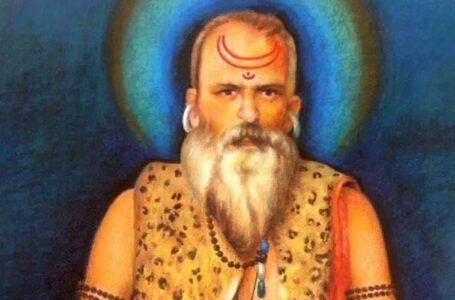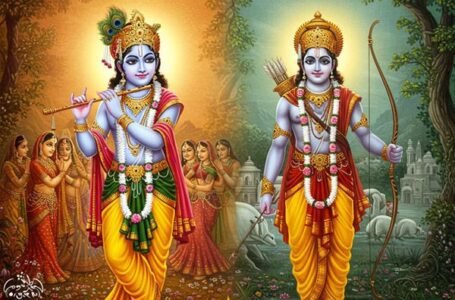Unraveling Vishnu Sharma’s Treasury of Life Lessons : A Journey into the Panchatantra
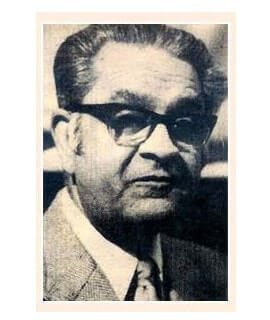
The story of the jackal that jumped into the vat of blue dye is not new to us. Nor is the tale of the crocodile trying to trick a monkey into wilfully surrendering itself as prey. These are the famous Panchatantra tales, an integral part of any Indian’s childhood. While these stories are meticulously crafted to engage and entertain a young audience, their significance extends beyond mere amusement.
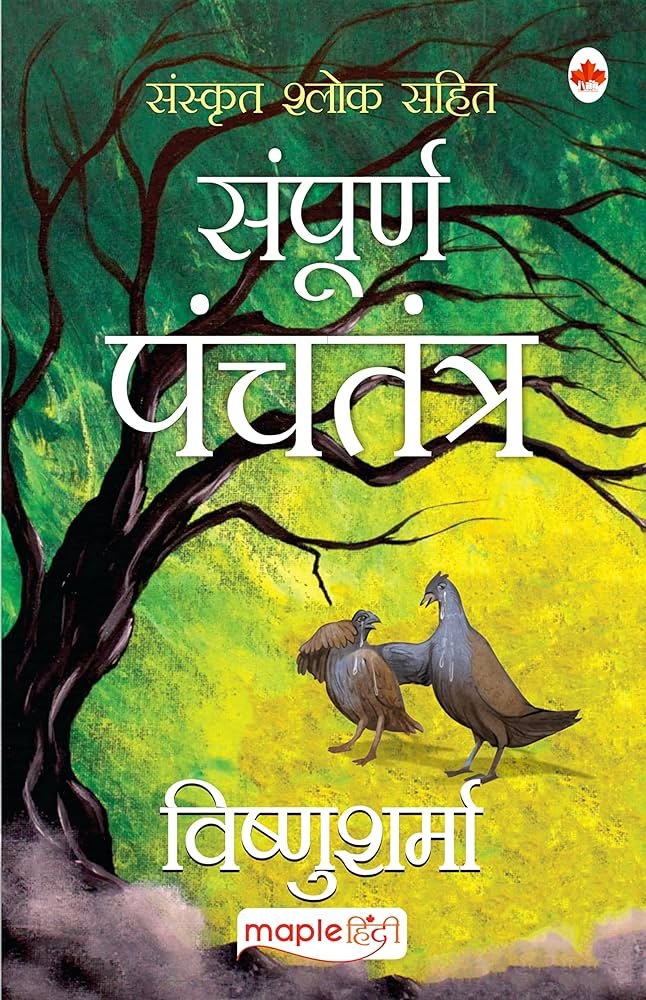
Embedded within these seemingly simple tales are invaluable messages crucial for the early development of children. The Panchatantra imparts profound lessons on fundamental aspects of life, ranging from the significance of friendship to the perils of greed and laziness. It weaves a narrative tapestry that extols the virtues of hard work and imparts the art of maintaining composure amidst chaos. These lighthearted and enjoyable stories serve as conduits for essential moral and ethical teachings, fostering a holistic understanding of life’s complexities in the impressionable minds of the youth.
Panchatantra, meaning ‘five treatises’ in Sanskrit, is a collection of Indian animal fables, and holds immense prestige as one of the most widely-translated non-religious literary works in the world. Vishnu Sharma, also known as Vishnu Sharman, stands as a luminary figure in Indian literature, believed to be the ingenious mind behind the timeless collection of the Panchatantra fables. This article is an ode to the writer who supposedly curated these stories, and an attempt to explore his origins, literary style, and the enduring impact of his magnum opus.
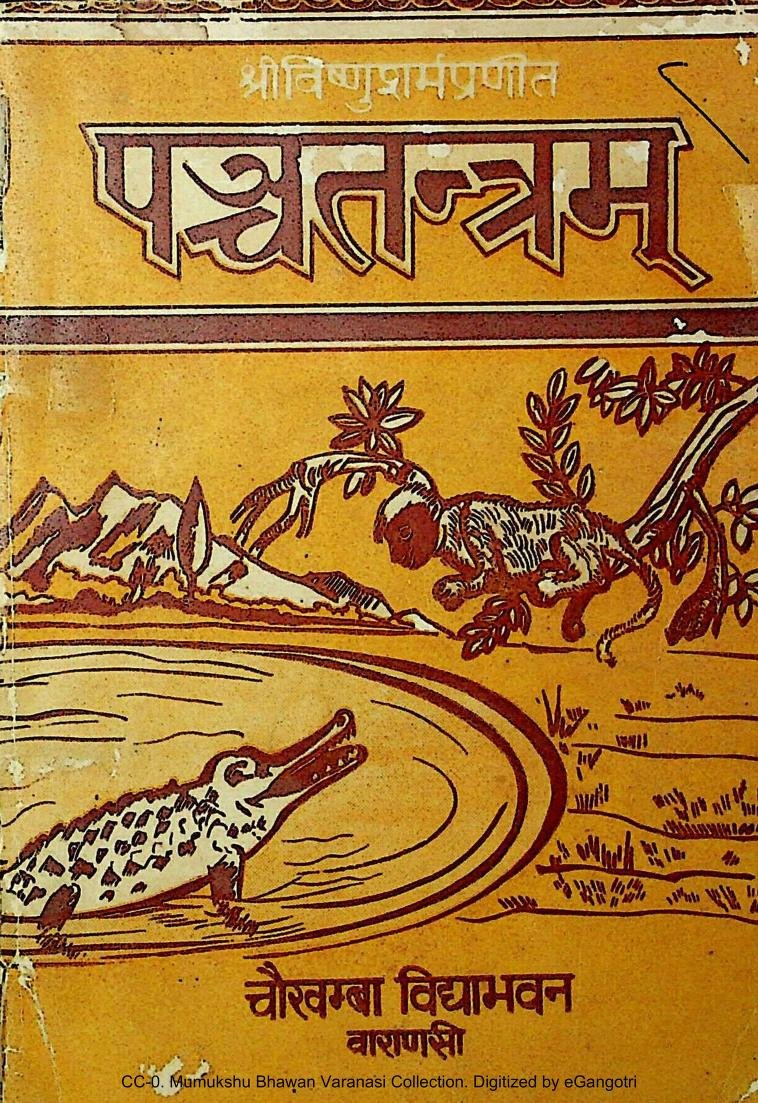
Origins of Vishnu Sharma: In the Panchatantra’s introduction, Vishnu Sharma is acknowledged as the potential author, yet the lack of external evidence raises questions about his historicity or if he himself is a literary creation. Scholars, through analyses of different versions, geographical elements, and animal depictions, lean towards the region of Kashmir as his birthplace. The elusive historical backdrop of the author adds an air of mystery to his legacy. Scholars speculate his existence to span from 1200 BCE to 300 CE, with some situating him in the 3rd century BCE.
Vishnu Sharma describes the Panchatantra as a guide to artha or worldly wisdom and niti or polity, integral desires for Hindus alongside dharma (morally proper conduct) and kama (love). The narratives’ morals subtly celebrate cunning and practical sagacity, particularly in political governance.
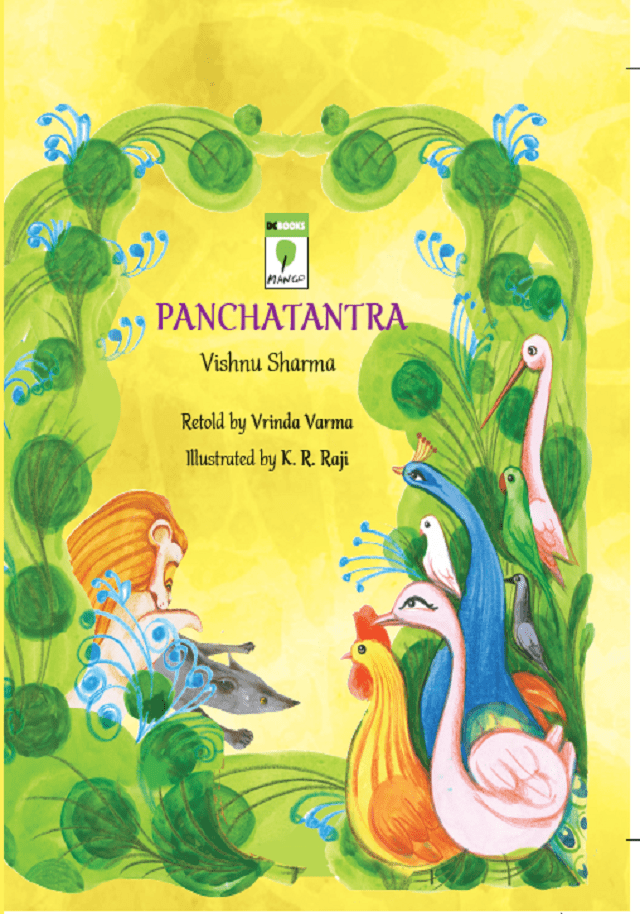
The legend behind the Panchatantra:
In the enchanting prelude of the Panchatantra, we journey back to the realm of Sudarshan, a wise and powerful king whose kingdom boasted the mysterious city of Mahilaropya, its exact location now shrouded in the mists of time. Amidst this regal tapestry, Sudarshan found himself grappling with a perplexing dilemma—his three sons, Bahushakti, Ugrashakti, and Shakti, though born to a scholarly and potent ruler, were deemed “dullards.”
In the throes of despair over his heirs’ apparent inability to grasp the intricacies of knowledge, Sudarshan turned to his sagacious ministers for counsel. Amid conflicting advice, a voice named Sumati resonated with truth. Sumati wisely asserted that the vast realms of sciences, politics, and diplomacy were disciplines requiring a lifetime for formal mastery. Rather than burdening the princes with scriptures and texts, the essence of wisdom should be imparted to them. Enter Vishnu Sharma, the aged scholar deemed capable of this formidable task.
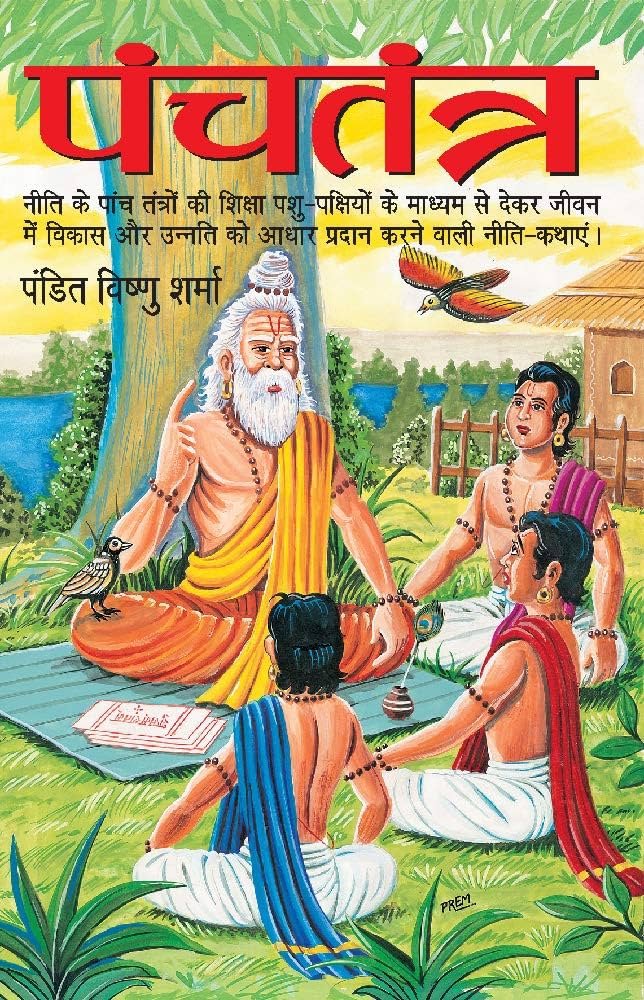
Invited to the royal court, Vishnu Sharma encountered an offer from the king – a hundred land grants awaited him if he could transform the dull-witted princes into astute leaders. In a gesture both noble and resolute, Vishnu Sharma declined the tempting reward, declaring that knowledge was not a commodity for sale. Instead, he embraced the mission of instilling political acumen and leadership wisdom within the princely trio within a mere six months.
Recognizing the inadequacy of conventional teaching methods, Vishnu Sharma embarked on an unorthodox path. Through a captivating cascade of animal fables, each tale seamlessly interwoven with the next, he sought to impart the profound wisdom essential for the princes to ascend to their father’s throne. Drawing from a rich tapestry of stories resonating for millennia in India, the Panchatantra emerged as a captivating five-part masterpiece, a literary gift to the princes, adorned with the titles “The Loss of Friends,” “The Winning of Friends,” “Of Crows and Owls,” “Loss of Gains,” and “Imprudence.”
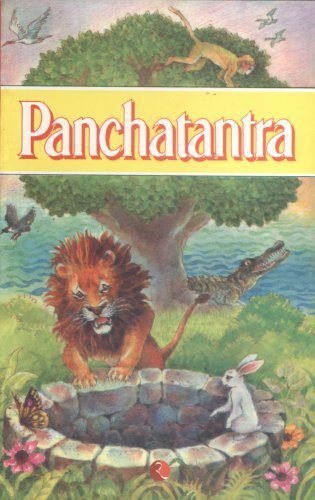
Vishnu Sharma’s narrative prowess transcends the ordinary, ingeniously turning an educational endeavor into a captivating exploration spanning diplomacy, relationships, politics, and administration. The Panchatantra, comprising five treatises, extends beyond a mere anthology of tales, constituting an enduring legacy that resonates with the wisdom embedded in Vishnu Sharma’s unconventional instructional methods.
Genre of the Panchatantra:
Joseph Jacobs, the popular British folklorist, contends that fables inherently convey morals without explicit articulation, embodying the essence of practical wisdom.
The Panchatantra, a quintessential work of Indian literature, can be categorized within the genre of fables and moral stories. The five parts, or Tantras, each explore distinct principles essential for intelligent living. From the intricacies of friendship and strategic alliances to the consequences of ill-considered actions, the Panchatantra serves as a repository of timeless wisdom couched in narrative charm.
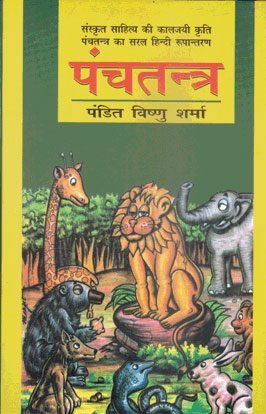
Unveiling the Panchatantra’s Five Tantras:
Part 1: The Loss of Friends (Mitrabhed)
In this section, Vishnu Sharma navigates the delicate nuances of interpersonal relationships, unraveling the consequences of betrayals and the importance of loyalty.
Part 2: The Winning of Friends (Mitrasamprapti)
Sharma, through captivating tales, imparts the art of cultivating friendships and alliances, providing insights into the delicate dance of diplomacy.
Part 3: Crows & Owls (Sandhi)
The juxtaposition of peace and war takes center stage in this tantra, illustrating the dynamics of conflict resolution and the perils of unchecked aggression.
Part 4: Loss of Gains (Vigraham)
Vishnu Sharma explores the intricacies of wealth and prosperity, cautioning against shortsighted decisions that may lead to the loss of hard-earned gains.
Part 5: Ill-Considered Action (Apareekshitkarakam)
The final tantra serves as a cautionary tale, emphasizing the repercussions of impulsive and ill-considered actions in the intricate tapestry of life.
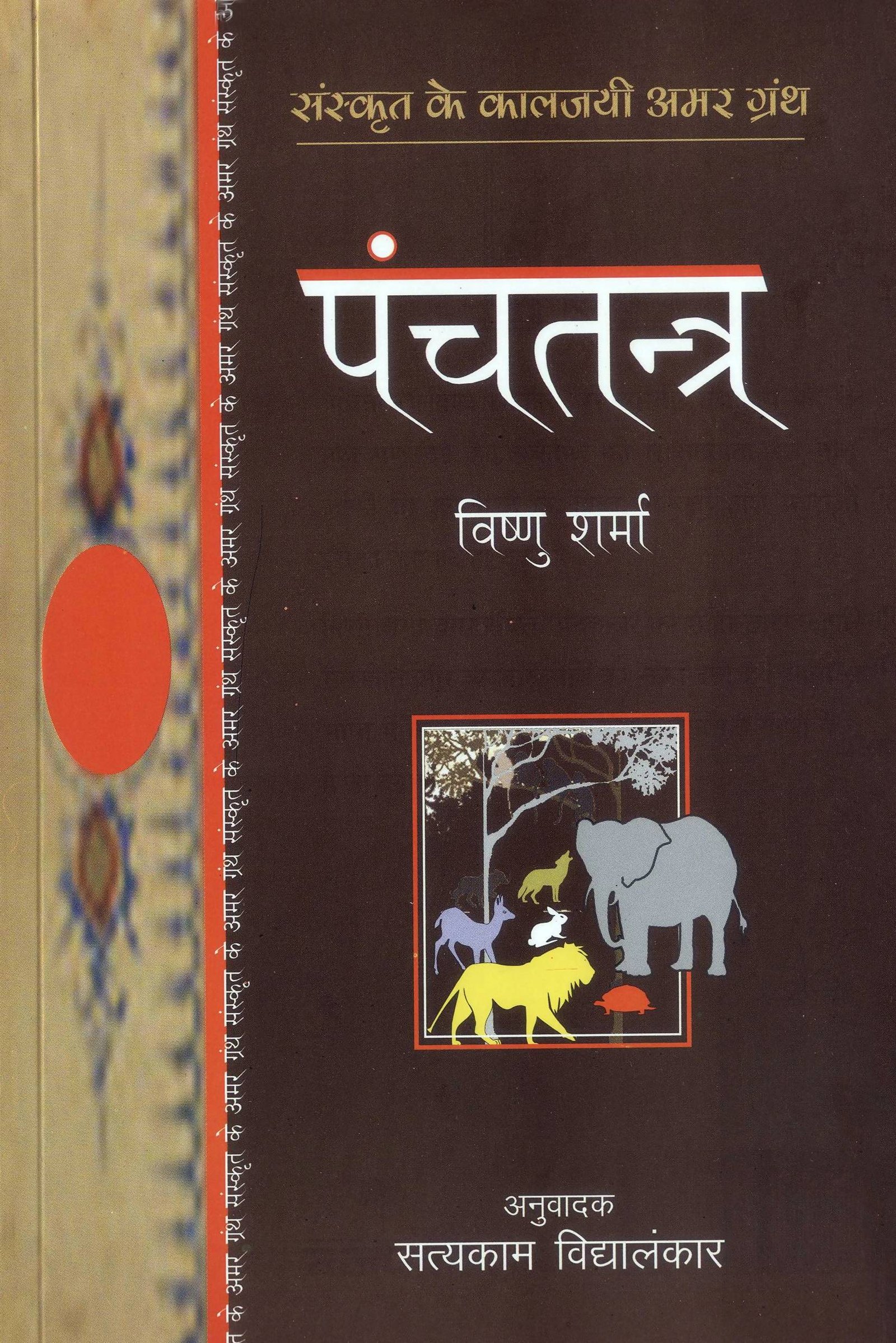
Conclusion:
Vishnu Sharma’s indelible imprint on world literature is evident in the enduring legacy of the Panchatantra. As a beacon of practical wisdom, his narratives continue to resonate across cultures and generations. The tales woven by Vishnu Sharma transcend the boundaries of time, offering timeless insights into the complexities of human nature, politics, and the art of intelligent living. In unraveling the mysterious enigma of Vishnu Sharma, we uncover not just a historical figure but a storyteller par excellence whose literary legacy continues to enrich the fabric of human understanding.
